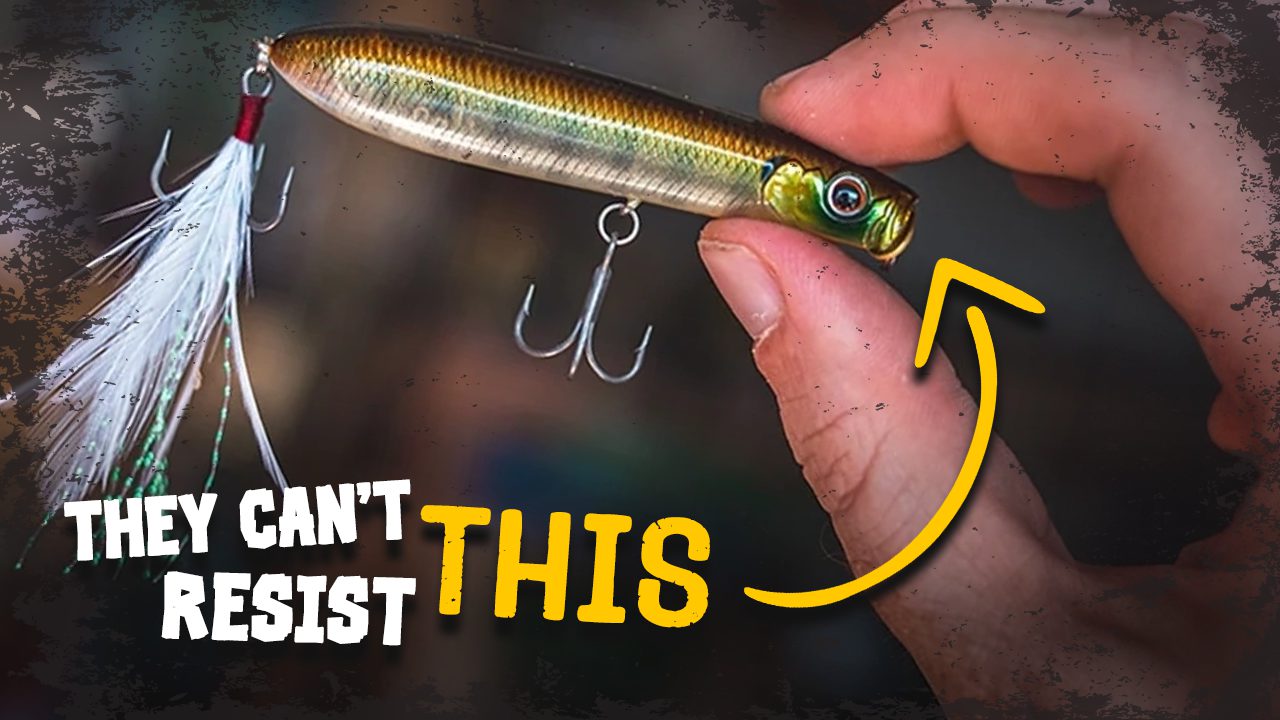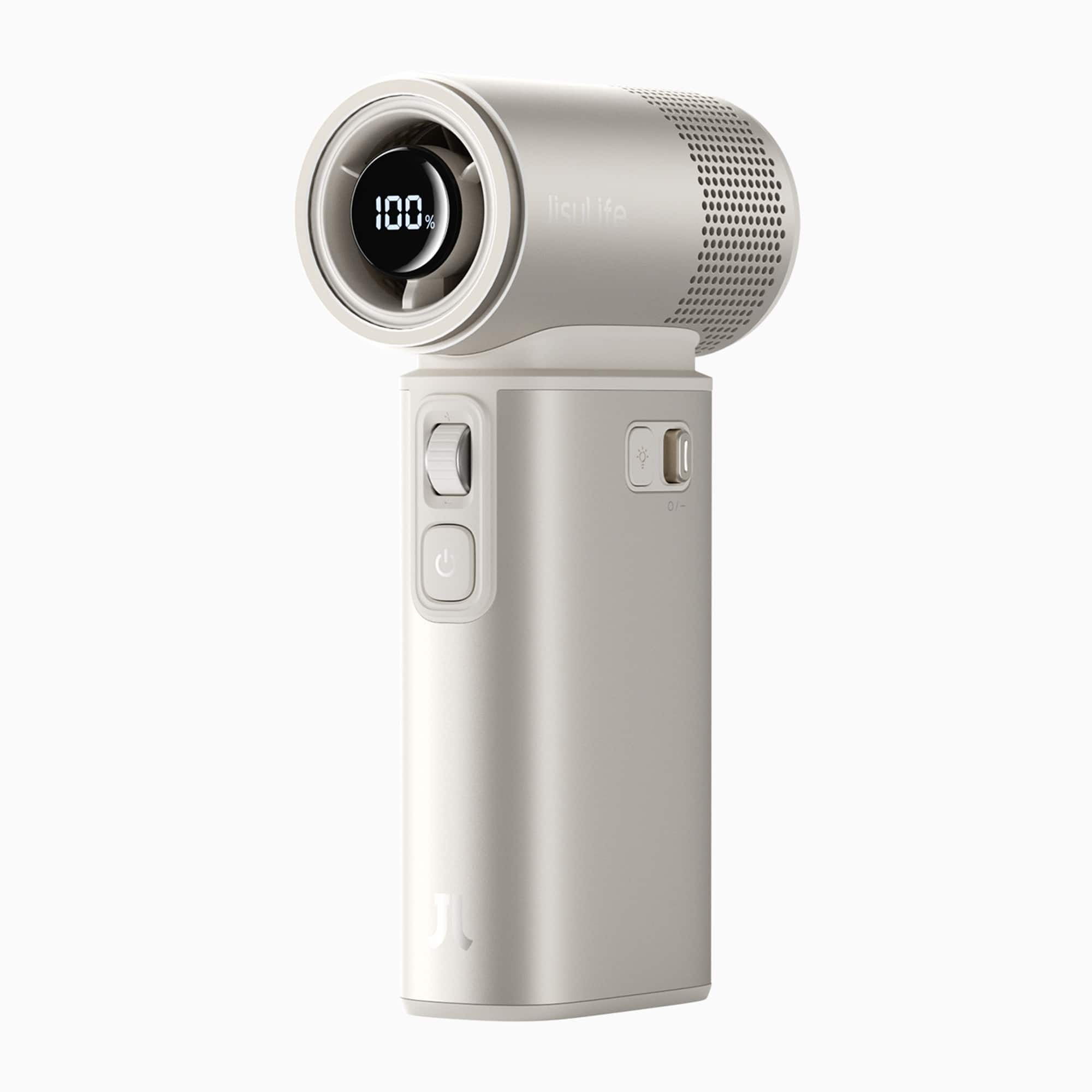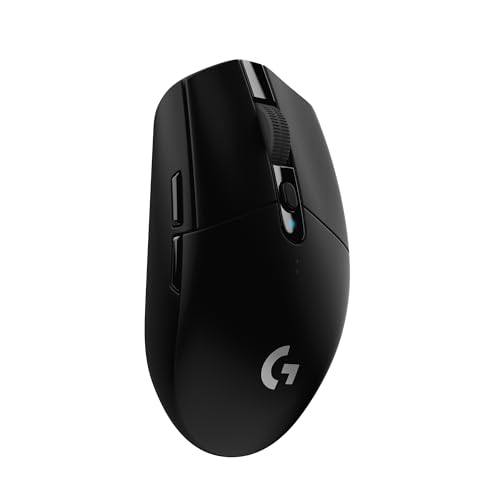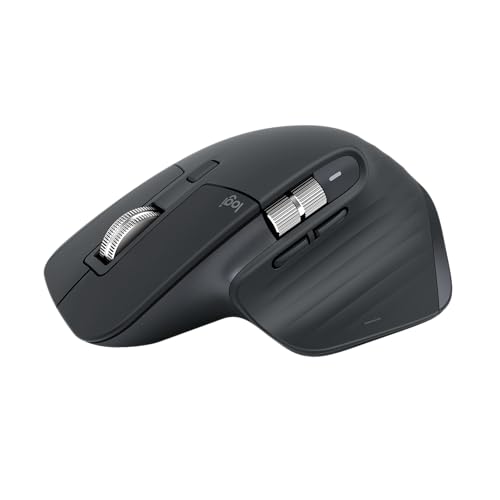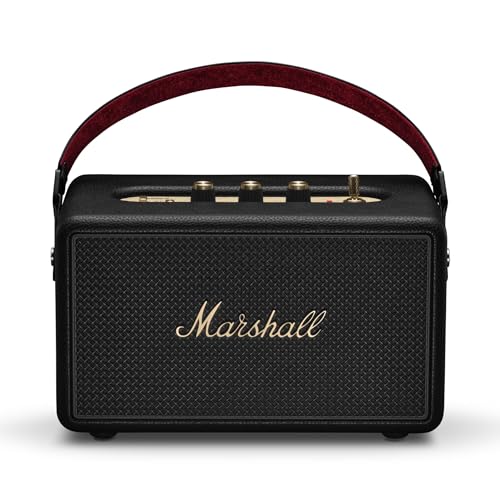Eighty percent of anglers use the wrong lures during peak summer bass season, but recent advances in fishing gadgets show how technology is transforming tackle selection and boosting catch rates for everyone from beginners to seasoned pros.. June and July transform lakes into feeding grounds where bass gorge themselves before August heat slows everything down.
Your tackle box is probably stuffed with lures you bought because they looked cool in the store rather than what actually produces when water temps hit 75-85°F and bass get selective about what they’ll chase. Choosing the right lure can be overwhelming, but a thorough bass fishing lure breakdown helps anglers understand which options actually deliver results in different summer conditions. For those new to the sport, a quick background on largemouth bass can help explain why these fish are such a popular target for summer anglers.
This content may contain affiliate links. If you wish to support us and use these links to buy something, we may earn a commission.
8. Shaky Head Worms: The Finesse Failsafe

When bass turn their noses up at everything else, the shaky head worm becomes your ace in the hole. A Zoom Trick Worm or Yamamoto Senko in June bug color on a 1/8-1/4 oz Gamakatsu G-Finesse Head creates subtle underwater movement that even pressured bass find irresistible. When bass get selective, finesse fishing techniques like shaky head worms can make the difference between a slow day and a successful outing, especially in clear or pressured waters.
Target depths of 6-12 feet with a head designed for 10-12 lb fluorocarbon when conditions call for finesse. When bass show more aggression, switch to a thicker, larger profile worm like the Zoom Magnum Trick Worm. This presentation is like the reliable backup generator when the power grid fails—it may not be flashy, but it works when nothing else will.
7. Frog Baits: The Cover Crashers
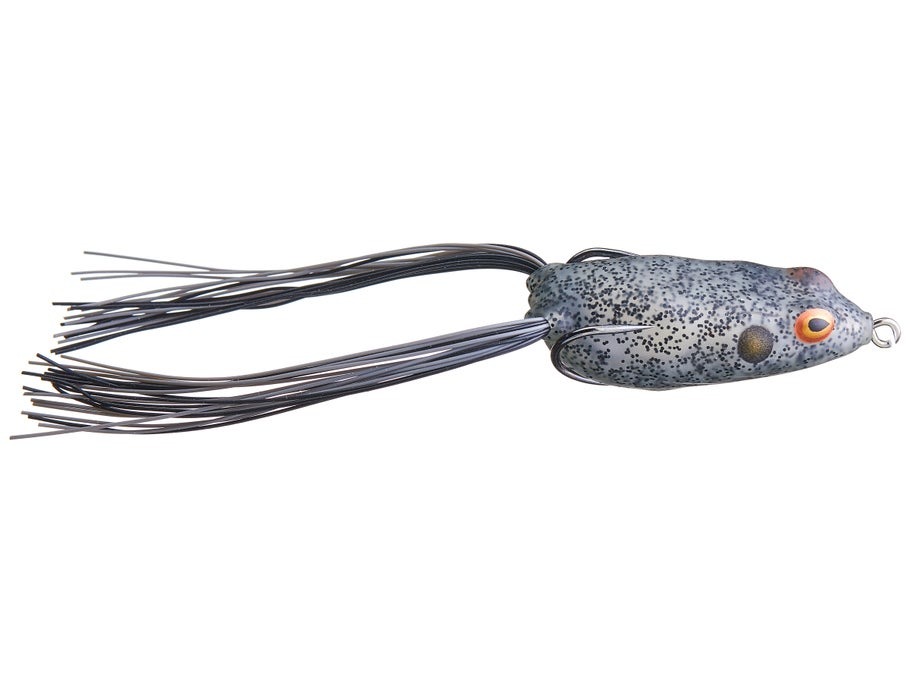
A Booyah Pad Crasher or SPRO Bronzeye Frog in bluegill patterns gives you an option that punches through the heaviest cover where big bass hide during 10 AM-3 PM peak heat. For anglers targeting bass in thick summer vegetation, these top frog lure picks can help punch through cover and entice big strikes during peak heat. For high-pressure, clear-water scenarios, downsize to a Zoom Horny Toad while maintaining that perfect walk-the-dog action at 1-2 second intervals.
Bluegill patterns dominate this time of year because they match what bass naturally target around thick cover in 2-6 feet of water. It’s like ordering a regional specialty at a local restaurant instead of asking for something they don’t serve—you’ll get better results when you speak the local language.
6. Deep Diving Crankbait: The Depth Chargers

When summer heat pushes bass to 15-25 foot depths, pressure demands subtlety. A Rapala DT-16 or Strike King 6XD with tight action and unique sound signatures stand out in a crowded field. Mastering deep-diving crankbait tips can help anglers target bass that move to deeper structure as summer temperatures climb. For a different approach, balsa models like the Bagley Balsa B provide a more subtle presentation that sometimes outperforms plastic when bass get picky.
Both excel on outside humps, ledges, creek channel swings, and tapering points. The strategy here is simple but effective: make a few passes with one option at 4-6 mph, then switch if you’re not getting bites. Sometimes a different delivery makes all the difference.
5. Walking Topwater: Surface Drama Worth Watching

A Heddon Zara Spook or Rapala X-Rap Walk creates that “wounded baitfish” action without requiring you to constantly crank your reel like you’re powering a small village. Adapting topwater lure strategies for changing summer conditions can trigger explosive surface strikes, especially during early morning and late evening windows. Target water temperatures between 70-82°F for optimal topwater action.
Walking topwaters shine in calm, clear conditions when subtle wins. When wind kicks up to 5+ mph, switch to models like the Strike King Sexy Dawg that create more commotion to help bass locate them in choppy water. Think switching from whispering to shouting at a concert—sometimes you need volume to be heard.
4. Swimbaits: Engineering the Perfect Illusion
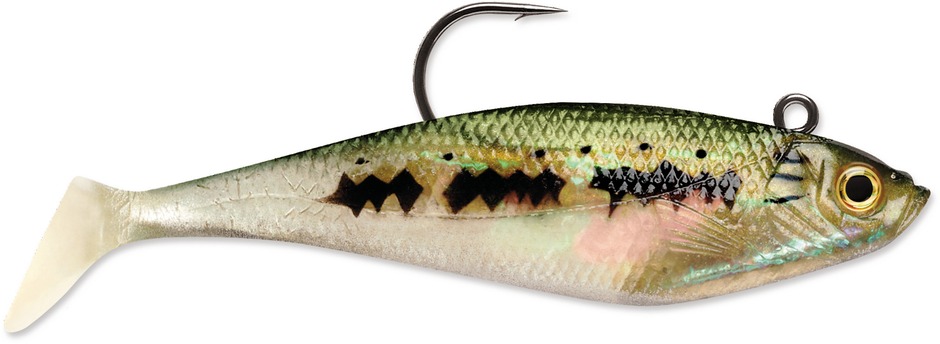
With swimbaits, proper rigging separates the fish-catchers from the water-slappers. A Keitech Fat Swing Impact or Storm WildEye Swim Shad in 4-4.75 inch delivers incredible body roll and secondary action that mimics a wounded baitfish with uncanny realism. Understanding best swimbait rigging methods ensures your presentation mimics natural prey and increases your chances of landing finicky summer bass.
Pair it with a VMC Swimbait Jig Head featuring a 30-degree line tie to create that destabilizing action that triggers predatory instincts. For schooling fish in open water, add an underspin for blade flash that suggests a fish in distress. In clear water conditions, go with a bare head to better mimic a single baitfish at 8-15 foot depths.
3. Jig and Minnow Strolling: The Technique That’s Taking Over
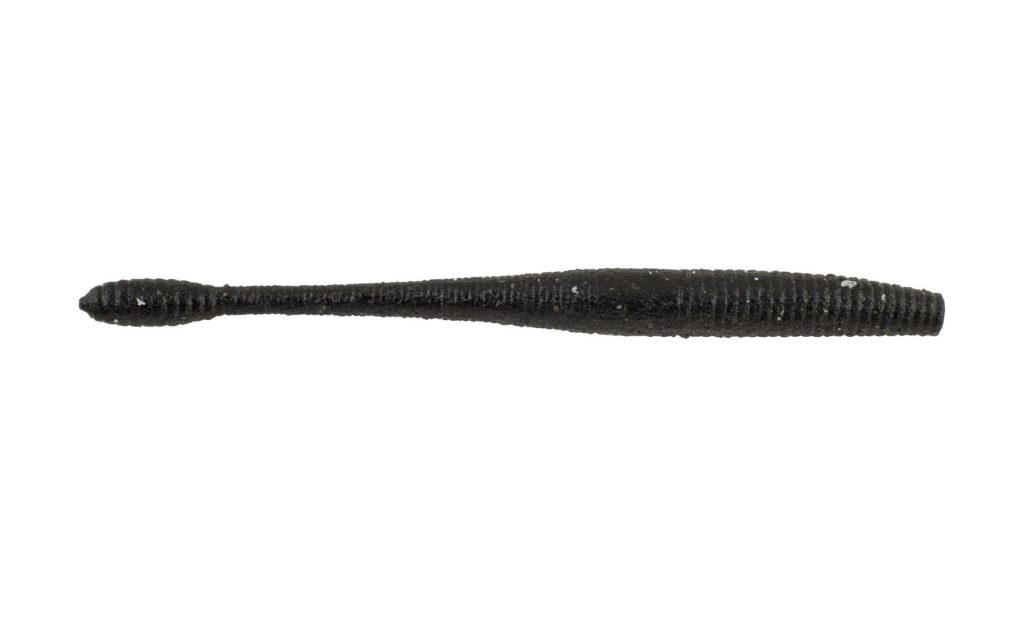
This approach has exploded in popularity for targeting schooling fish, and for good reason. A Berkley PowerBait MaxScent Hit Worm or Z-Man MinnowZ in 5-inch works perfectly with a 2/0 tungsten head, while 7-inch baits like the Zoom Fluke match seamlessly with 5/0 heads for depths ranging 10-30 feet. Adapting jig and minnow techniques to both shallow and deep water can help target schooling fish across a range of summer scenarios.
What makes this technique special is its versatility across both shallow and deep water scenarios with retrieve speeds from dead-slow to moderate. It produces with or without forward-facing sonar, making it accessible to everyone from weekend warriors to tournament pros. It’s the rare technique that delivers regardless of your technology budget.
2. Square Bill Crankbait: The Shallow Water Secret Weapon

A Rapala DT-6 or Strike King KVD 1.5 square bill with a shad or baitfish pattern delivers that aggressive shimmy that triggers reaction strikes even when bass aren’t actively feeding. Following square bill crankbait advice can help anglers maximize their catch rates in the shallows during summer’s most active feeding periods. Target shallow points and banks in 3-8 feet of water with a steady retrieve at 3-4 mph.
This fast-moving bait excels when bass ambush shad on outside points during early morning and late evening feeding windows. Its hardware and sound profile enhance its appeal like a well-produced movie trailer—impossible to ignore. Try casting parallel to banks to keep it in the strike zone longer, maximizing your chances of connecting with aggressive fish.
1. Wobble Head/Swinging Jig: The Drunk Dancer That Gets Attention

The wobble head jig moves like that friend who can’t dance but somehow leaves the club with someone’s number every time. Its erratic, unpredictable movement triggers something primal in bass that can’t resist investigating. For anglers seeking versatility, a vibrating jig lure guide can clarify when and how to deploy these baits for maximum summer success.
Pair a Z-Man ChatterBait Jack Hammer or Strike King Wobble Head with a craw-style trailer in June bug color and you’ve got bass candy. The beauty lives in the bump-and-roll action across hard surfaces at 2-4 feet depths. Retrieve it steadily at medium speed like a crankbait across rock, mud bottoms, or sparse grass. The free-range motion makes it look vulnerable, and predators can’t help themselves.


